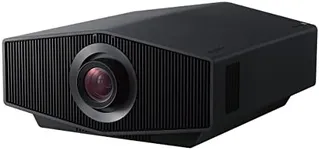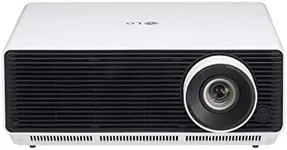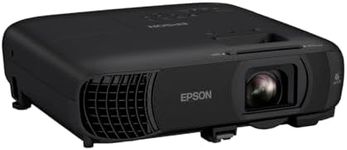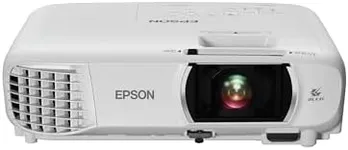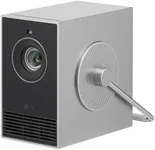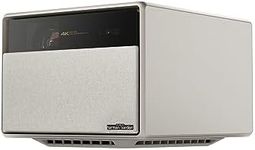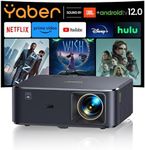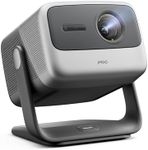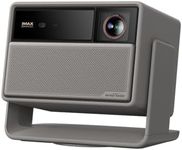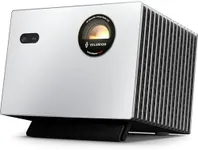Buying Guide for the Best Projectors
Choosing a projector can seem overwhelming due to the variety of models and technical jargon. The key to finding the right projector is understanding how and where you'll use it: are you planning to watch movies at home, give presentations, or set up outdoor screenings? By matching your needs with the essential specs, you'll pick a projector that delivers the experience you want.Brightness (Lumens)Brightness, measured in lumens, indicates how much light the projector can output. This is crucial because a brighter projector performs better in rooms with more ambient light, while dimmer rooms allow for lower lumen models. Projectors with lower lumens (under 2000) work best in dark settings, such as home theaters. Mid-range projectors (2000–3500 lumens) are good for rooms with some lighting, like typical living rooms or classrooms. High-brightness projectors (above 3500 lumens) are meant for large, bright spaces or outdoor use. To choose the right brightness, think about your environment: if the room is dark, you can go lower; if there's uncontrolled light, you'll need higher lumens.
ResolutionResolution is the number of pixels the projector can display, affecting the sharpness and clarity of the image. Common resolutions include SVGA (800x600), XGA (1024x768), HD (1280x720), Full HD (1920x1080), and 4K (3840x2160). Lower resolutions are suitable for basic presentations with text and simple graphics. If you're planning to watch movies or play games, higher resolutions like Full HD or 4K will give you a crisper, more vibrant picture. Match the resolution to your content: text-based slideshows are fine with basic resolution, but video and detailed graphics benefit from higher numbers.
Contrast RatioContrast ratio describes how well the projector can differentiate between the darkest blacks and brightest whites on screen. Higher contrast ratios create more vivid and dynamic images, especially noticeable in movie scenes with shadows and highlights. For basic office work, a lower ratio might not be an issue. For home cinema or gaming, higher contrast is better for an immersive experience. When picking, consider if deep blacks and rich colors are important for your viewing pleasure, especially for movies and photos.
PortabilityPortability refers to the size and weight of the projector. Some have a compact, lightweight design for easy carry, while others are larger and intended for permanent installation. If you'll be moving the projector between rooms or taking it to meetings, prioritize smaller, lighter models. For a fixed setup in a home theater or an office, a larger and heavier projector might offer more features. Think about how often you’ll move your projector and pick accordingly.
Connectivity OptionsConnectivity covers the types of inputs and outputs the projector has, such as HDMI, VGA, USB, audio out, and sometimes wireless options like Bluetooth or Wi-Fi. This is important because it determines whether you can easily connect your devices, such as laptops, gaming consoles, or streaming sticks. More connectivity options give you flexibility. If your setup is simple, you may only need HDMI, but for multiple device use or old equipment compatibility, look for a variety of ports.
Lamp LifeLamp life estimates how many hours the projector's light source will last before needing replacement. Longer lamp life means less frequent replacements and lower ongoing maintenance. Typical lamp lives are around 2,000–6,000 hours, but some newer models (using LED or laser light sources) can last much longer. If you plan frequent, long viewing sessions, or don't want the hassle of changing lamps often, opt for a projector with a longer-rated lamp life.
Throw Distance and Image SizeThrow distance is the space between the projector and the screen and affects how large the projected image will be. Shorter throw projectors can create big images from nearby, which is useful in small rooms, while standard (long-throw) projectors need more room to make a large picture. Consider where you'll set up: in compact spaces, a short-throw is helpful; in large rooms, a regular model is fine. Check the projector’s specifications for the right match with your intended setup location.
Speakers and SoundMany projectors come with built-in speakers, but their quality and volume can vary widely. If sound is crucial, especially for movie watching, you might need to connect external speakers. For simple use like presentations, built-in sound might be enough. Think about your sound needs and whether you mind adding an external audio solution.
